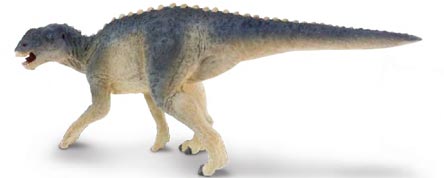Following the publication of a scientific paper describing Coahuilasaurus lipani the Saurolophinae evolutionary tree has been updated. Coahuilasaurus was named and described by Longrich et al. This new Mexican hadrosaur is known from the front end of a skull. It differs from related species in having a very short, deep muzzle and a series of tooth-like projections on the roof of the mouth. The genus name is derived from the Coahuila State and the Greek “sauros” for lizard. The species name honours the Lipani Apache tribe of northern Mexico.
It had been thought that the fossil material represented a Kritosaurus. However, a more detailed analysis revealed unique traits which permitted the establishment of a new species of hadrosaur.
To read Everything Dinosaur’s blog post about Coahuilasaurus lipani: A New Duckbill Dinosaur from Northern Mexico.
The Saurolophinae Evolutionary Tree

The phylogeny of Coahuilasaurus. Evolutionary tree of the Saurolophinae, showing the relationships of Coahuilasaurus within the Kritosaurini. Picture credit: Longrich et al.
Picture credit: Longrich et al
The researchers performed two phylogenetic analyses. The information used was given different weights, and the two sets of results are different. However, the second analysis is better-resolved and is in line with the stratigraphy.
Both analyses recover three major subclades within the Kritosaurini tribe.
- Coahuilasaurus lipani, Gryposaurus utahensis, Rhinorex condrupus, and Gryposaurus notabilis.
- Naashoibitosaurus ostromi, Anasazisaurus horneri, and Kritosaurus navajovius.
- Comprises the South American kritosaurins, the Austrokritosauria, as well as “Gryposaurus” alsatei.
The image (above) shows the Gryposaurus model that was introduced by Safari Ltd in 2013. This figure has been retired.
To view the range of Wild Safari Prehistoric World figures in stock at Everything Dinosaur: Wild Safari Prehistoric World Figures.
The scientific paper: “Coahuilasaurus lipani, a New Kritosaurin Hadrosaurid from the Upper Campanian Cerro Del Pueblo Formation, Northern Mexico” by Nicholas R. Longrich, Angel Alejandro Ramirez Velasco, Jim Kirkland, Andrés Eduardo Bermúdez Torres and Claudia Inés Serrano-Brañas published in the journal MDPI Diversity.
Visit the award-winning Everything Dinosaur website: Dinosaur Models.





Leave A Comment